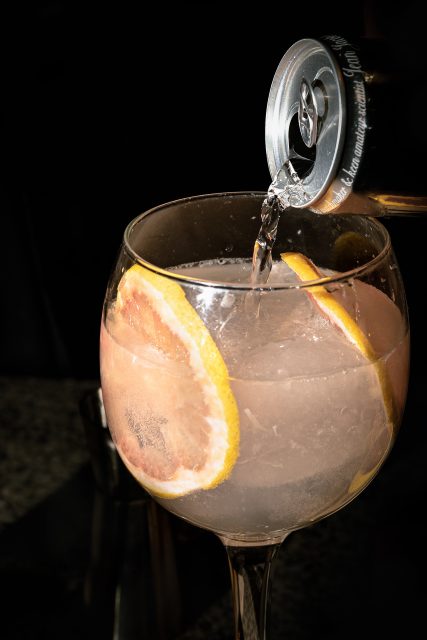RTD category to hit US$40 billion by 2027
By Eloise FeildenThe ready-to-drink (RTD) category is expected to grow by 12% in volume between 2022 and 2027, hitting $40bn by 2027 across 10 key markets, despite a US decline in hard seltzers marking a slowdown from previous years.

Growth will be driven by the key cocktails and long drinks sub-category and products that sit within the premium-and-above price bracket, according to the latest findings from IWSR Drinks Market Analysis.
These findings are part of the IWSR RTDs Strategic Study 2023, which analyses trends in 10 markets – Australia, Brazil, Canada, China, Germany, Japan, Mexico, South Africa, the UK and the US – accounting for 83% of global RTD consumption with a total value of US$33.9bn in 2022.
RTD growth expectations across the 10 key markets have halved over the past year, with a current CAGR predicted at 2% between 2022 and 2027.
However, the decline in hard seltzers is largely to blame. Excluding hard seltzers, RTD volumes will grow at a CAGR of 5%, 2022 to 2027.
Partner Content
Susie Goldspink, Head of RTD Insights at IWSR, said: “Growth is slowing in an increasingly mature global RTD category, but opportunities persist in the cocktails/long drinks space and for premium-plus products that prioritise consumer-forward cues such as RTD base, ABV and flavour.”
IWSR predicts hard seltzer’s share of the RTD category to shrink over the same timescale. Cocktails and long drinks will see their share of RTD volumes across the key markets grow by 4%, to command a quarter volume share of the RTD category by 2027, while that of hard seltzers will shrink by 11%, the market analyst has said.
Product innovation peaked in 2021, with more than 3,000 new RTD products launched that year. In the first half of 2023, that slowed to just over 1,000, but innovation is increasingly skewing to premium price points, thanks to trends such as spirit-based hard seltzers; using named spirits categories and premium ingredients in RTDs; and enhancing products with functional ingredients.
“The premiumisation trend is moving in a variety of directions, from premium formats to a shift in ingredients and added functionality – all aspects that offer a point of differentiation to consumers,” says Goldspink. “Although the pace of innovation has slowed, the effectiveness of new launches has improved, as producers are more strategic and targeted in their product launches.”
Despite the impact of the cost-of-living crisis on consumer incomes, seven out of the 10 markets covered in the report registered double-digit volume growth for premium-plus RTDs in 2022, suggesting that there is still plenty of headway for growth for higher-priced products.
Related news
Inside Laithwaites' partnership with Channel 4
How low can you go: will en primeur price cuts tempt the market?




